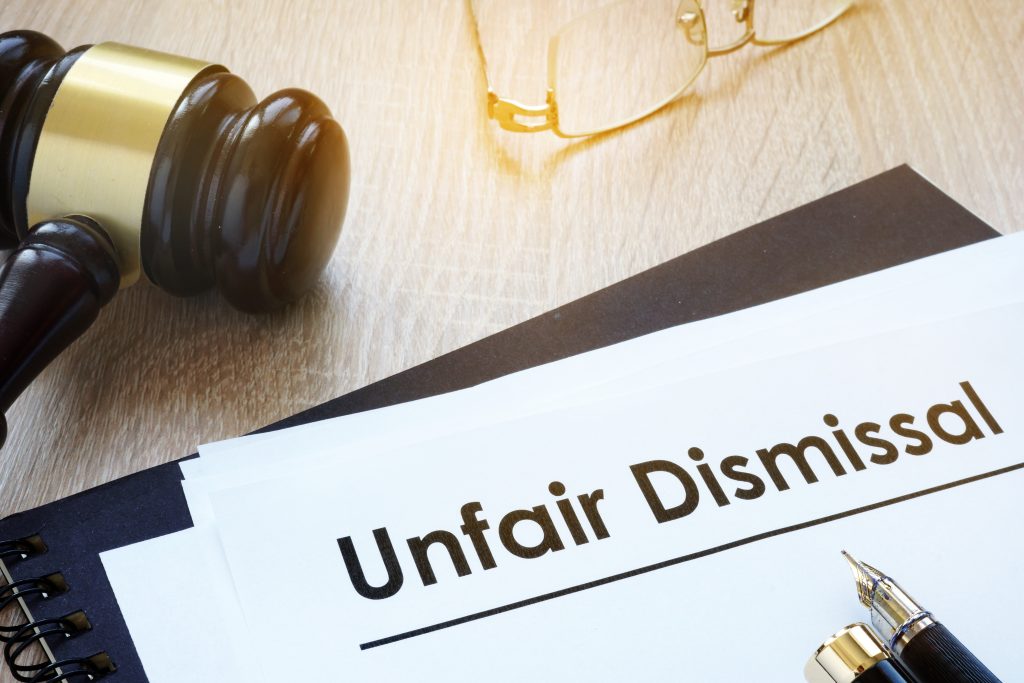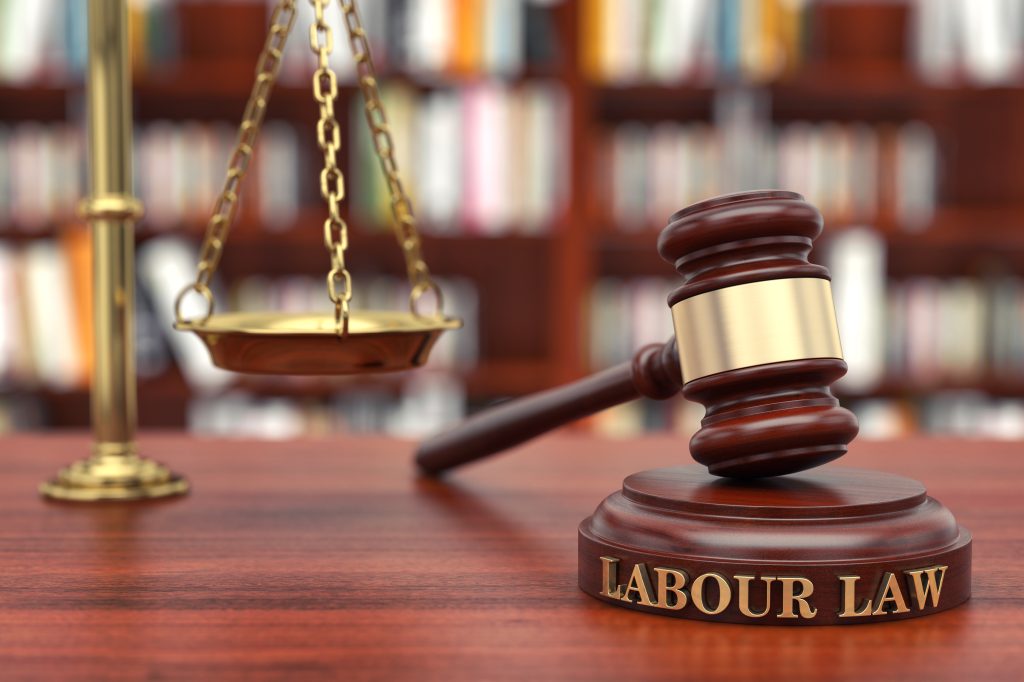Employee Rights in South African Labour Law
South Africa has one of the most comprehensive labour laws in the world. It covers various aspects of employment, including minimum wages, working hours, leave entitlements, employee benefits, dispute resolution, and more. South Africa’s labour laws safeguard workers’ rights, promote equal job prospects, and ensure just labour policies. Moreover, the country has a robust system […]
Employee Rights in South African Labour Law Read More »









